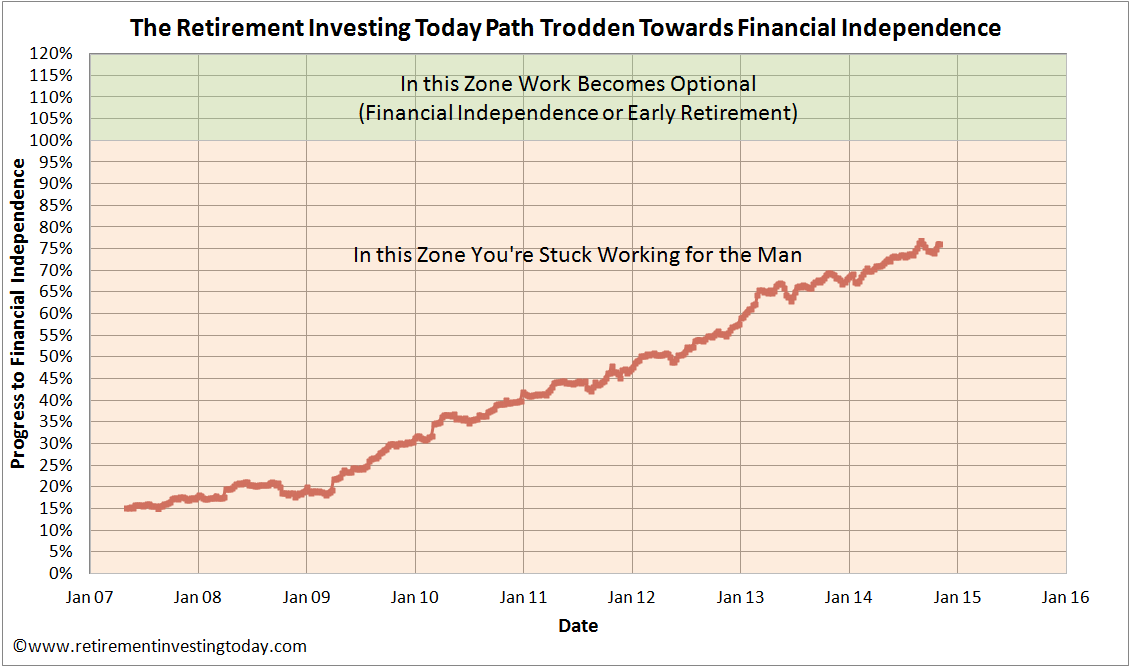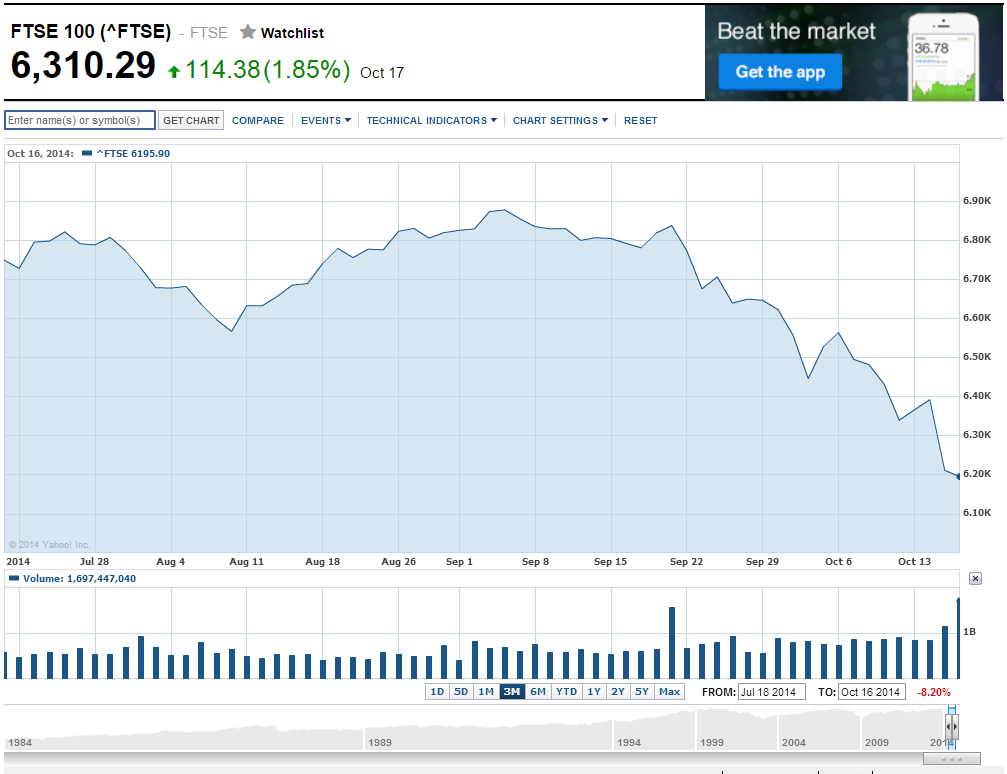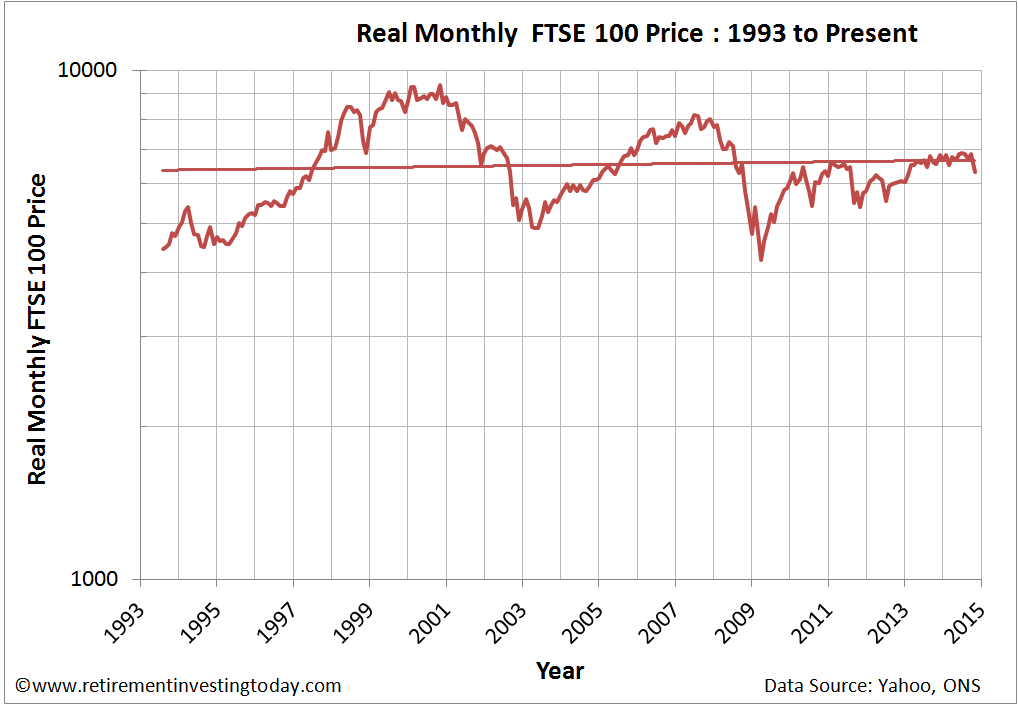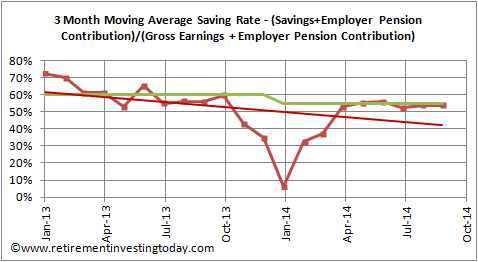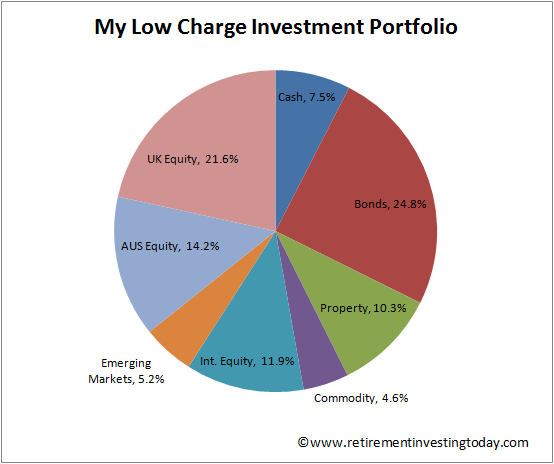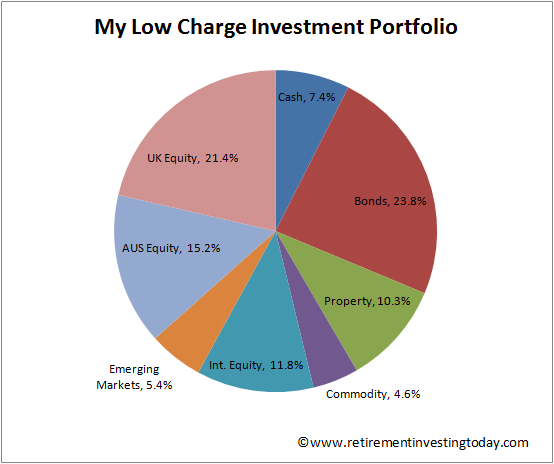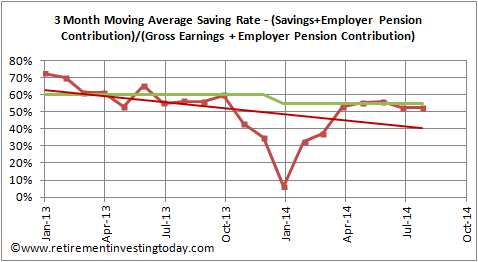Thanks to all readers who took part in the earnings and savings poll. The results make for some very interesting reading but before we go there let’s just take a second to review what we were really looking at with this poll.
I see three distinct phases when it comes to personal finance. I summarise it as Save Hard, Invest Wisely and Retire Early but these phases could be called many things. In a little more detail:
I see three distinct phases when it comes to personal finance. I summarise it as Save Hard, Invest Wisely and Retire Early but these phases could be called many things. In a little more detail:
- Save Hard is how we go about building capital that we can then deploy to investments that hopefully with time will give a return on that capital. For me, and I'm sure many other readers, that is earnings from the day job that aren't spent on living today.
- Invest Wisely is how we go about maximising the return on the capital we've built from Saving Hard. For me that’s a balanced portfolio of different asset classes invested as tax effectively and at as low a cost as possible.
- Retire Early is how big the capital pile needs to become before the goal is achieved. For me I’m chasing enough wealth to be Financially Independent and have the option of Early Retirement but there are many other reasons why we might want to build capital. Having a Retire Early reason is important. Without it there is no reason to build the capital in the first place and you’re probably then just hoarding.
Click to enlarge



